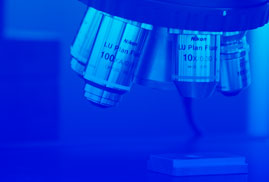A reversion of the strain produces a modification of the static recrystallization kinetics. Initially, the reversion increases the recrystallization time, that reaches a maximum at a certain strain, and decreases again for increasing reverse strains. This transient on recrystallization kinetics develops over a strain interval similar to that of the microstructural and stress-strain transients. At strains beyond the transient, the reversion can be regarded as a shift on the strain axis. However, at the authors knowledge there is no formulation able to describe the material behaviour during the transient. The present work introduces an equivalent strain concept based on the substructural dissolution/build-up processes taking place as a result of the strain reversal. This formulation allows including the effect of the strain path on recrystallization models.



